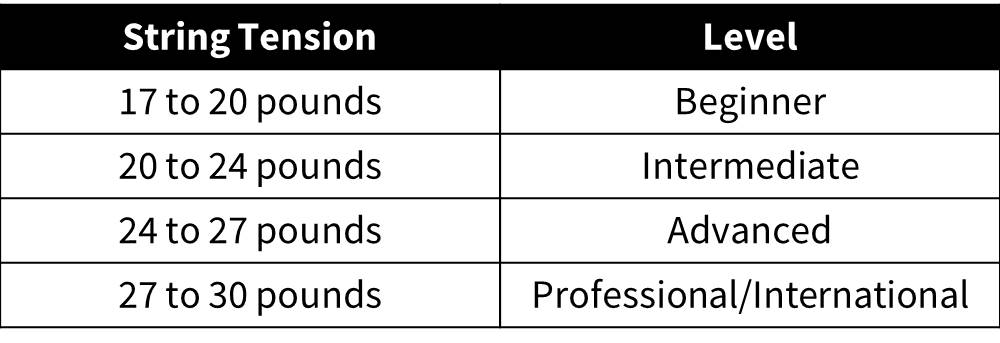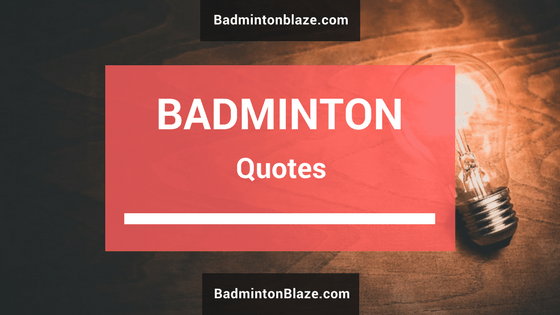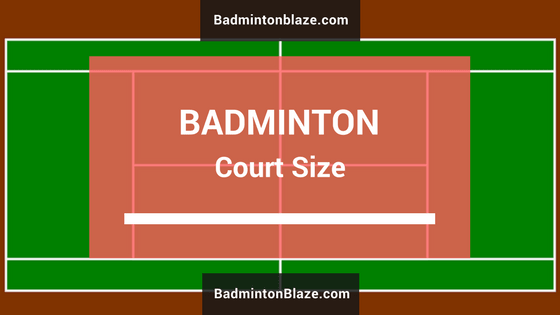How To Choose a Badminton Racket That Fits You Best
Most successful athletes and seasonal players know very well how to choose badminton rackets that best fit them.
It is because badminton racket is the most important piece of equipment in badminton world. It could significantly harm your entire match, or simply cause injuries, if you don’t choose it carefully.
In this post, we are going to talk about choosing the best badminton racket for you.

Table of Contents
Benefits of Right Badminton Racket
The benefits of choosing the perfect racket are clear:
1. Performance: You perform the best with right badminton racket
2. Risk: Avoid unnecessary injuries
3. Fun: Even if you are not into competition, you feel just right when playing for fun
Take a look at the 7 most important things to keep in mind before selecting your new (possibly first) badminton racket.
#1 Weight – choose the wrong one might get you injured easily
Choosing the wrong weight can lead to poor performance at best, and painful injuries at worst. Familiarizing yourself with the general weight categories can help you find the best racket for your skill and abilities.
There are four types of badminton weight: 1U, 2U, 3U, and 4U, though the weight range varies from brand to brand.
For example, If we take Yonex as a benchmark, here’s the average weight.
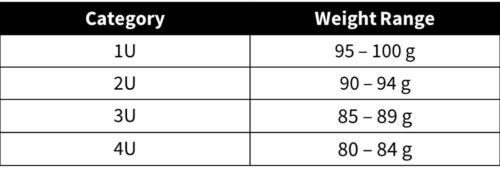
As you can see, 1U is the heaviest while 4U is the lightest.
Different weight classes are also ideal for different types of badminton.
If you are a beginner, you should choose between 3U to 4U as they are lighter and easier to control.
We recommend 3U for those who are involved in single player due to its stability.
Those who play doubles know that speed is everything. In those situations, we recommend 4U.
#2 Balance Point – The nature of players
There are 3 types of balance points, which measures from the head of badminton racket, to the end of handle grip:
1. Balance point towards the head
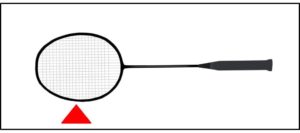
Use these heavier rackets if you are focusing more on smashing power.
However, it will be a little hard to control so these types of rackets are best suited for seasoned professionals.
Experienced single players should give this type of racket a try. You may find your swing packs a lot more power.
2. Balance point towards the grip
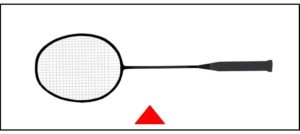 Use this racket if you are focusing on speed and ease of control.
Use this racket if you are focusing on speed and ease of control.
A racket with the balance point closer to the grip is perfect for those who play double player.
Beginners may also find this racket to be much easier than one with a different balance point (though there are exceptions).
3. Balance point towards the centre
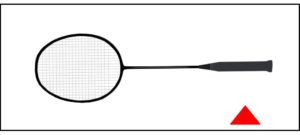
Opt for this type of racket if you are just starting out or not sure which one to choose. These types of rackets are designed with just about every player in mind.
#3 Shape of badminton racket head – Effectiveness for every hit
There are two types of badminton racket head: oval and isometric.
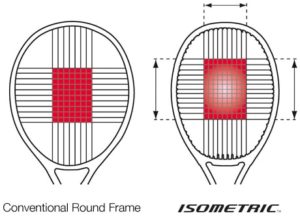
(Credit: Yonex USA)
While oval is generally a traditional racket, there are many players who love it because its shape provides more concentrated power, resulting in a better smash.
Isometric, on the other hand, has more surface area. Some beginners prefer this kind of racket because it makes having an effective hit easier.
Don’t stress too much over this decision. Once you find a racket you love, take it home and go for it.
#4 Shaft Flexibility – Your swing speed matters
In general, there are two types of shaft:
1. Stiff
A stiff shaft racket means it does not bend easily, and will bounce back into shape faster.
As a result, you are able to retain your smashing power. If you have a fast swing speed, consider a stiff shafted racket.
2. Flexible
A flexible shaft bends easier, which makes the racket easier to control.
Beginners uncertain about their swing speed, or those with a slower speed, should purchase a flexible shafted racket.
These rackets make it easier to practice developing a more powerful swing.
#5 String Tension – Get the most power from your swing
String tension is closely related to the power of your swing.
Each racket has what is known as a “sweet spot”, an area on the racket where you have the most power and control over the direction of the shuttlecock.
1. Playing With A Lower Tension Racket (18 to 23 pounds)
Lower tension rackets have a larger sweet spot, making it easier to hit the shuttlecock.
These rackets make it a bit harder to control where the shuttlecock hits, but do give beginners a lot more power to their swing.
2. Playing With A Higher Tension Racket (24 to 30 pounds)
Higher tension rackets have a smaller sweet spot, but a lot more power.
They also give you a lot more control over the placement and direction of the shuttlecock.
In general, you should choose a lower tension racket when you start out, working your way up to a higher tension.
#6 Hand Grip – Choose the best one for your playing style
Choosing the best hand grip can seem a bit confusing at first.
It is important to remember that there are two factors to keep in mind when selecting a hand grip.
1. Types Of Grips
There are two types of badminton grips, each with their own set of drawbacks and benefits:
a. Towel Grip
In general, these grips are softer and perfect for players who sweat a lot. They are very absorptive.
However, this does mean they collect bacteria much easier and require frequent cleaning or even replacement to remain hygienic.
b. Synthetic Grips
Many players prefer these types of grips as they are less messy and retain less bacteria than a towel grip.
However, they can also be much less comfortable.
2. Size Of Grips
Most grips come in four sizes.
If you are the type of person who prefers a tighter grip and more power, you should opt for a larger style.
Players who want better maneuverability when they play should opt for a smaller grip.
#7 Racket Composition – The material used will affect your gameplay
Badminton rackets are available in a few different materials.
Beginners or those returning to the sport after some time away should consider ones made out of something lightweight but inexpensive. Aluminum or steel are ideal choices.
If you plan to play professionally, or are an advanced player, you may want to try carbon steel.
Your Turn
Choosing a great racket is not easy. It could be like choosing your wife or husband.
However, once you get one the fits you the best, you will just feel like want to stick to it forever.
So, what is your favourite badminton racket spec? Are you into a speed player that aims for light racket? Or do you prefer a powerful “blaze-swords-style” racket?
Comment below and let us know.
